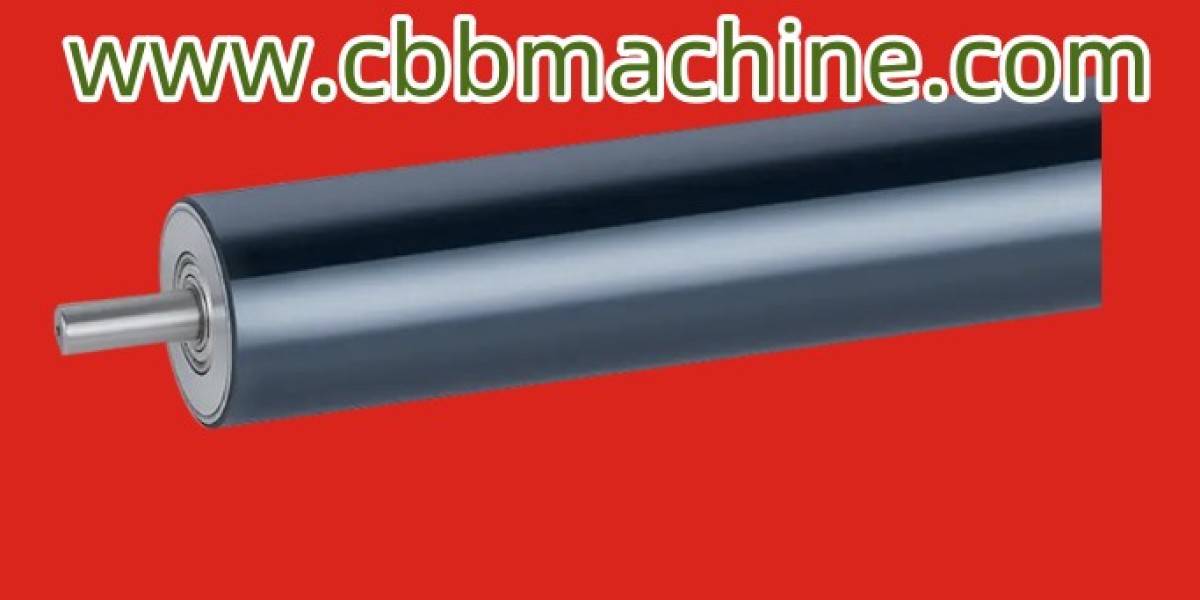Enhancing Production Efficiency with a Precision Aluminum Roller
The Aluminum Roller is a critical component in many industrial applications where lightweight, durability, and high precision are required. From film converting and paper processing to textile manufacturing and packaging lines, this type of roller offers an ideal balance of performance and reliability. Its design contributes significantly to the smooth handling of materials in continuous web systems, where tension, alignment, and movement consistency are essential.
One of the standout features of the aluminum roller is its ability to reduce overall equipment weight without compromising structural strength. Compared to steel rollers, aluminum rollers are significantly lighter, making them easier to install and maintain. This weight advantage translates into reduced load on the machinery, which in turn can lead to lower energy consumption and extended equipment life.
In high-speed production environments, the need for precisely engineered rollers is even more important. Aluminum rollers are frequently used in such settings due to their superior surface finish and ability to resist corrosion. The smooth surface ensures that sensitive materials like films, foils, and non-woven fabrics can pass over the roller without damage, wrinkling, or static buildup.
Additionally, the flexibility of aluminum as a material allows for extensive customization. Different coatings, such as anodized or Teflon finishes, can be applied to the roller’s surface to enhance its wear resistance, static reduction, or material compatibility. Diameter, length, and internal structures can also be adapted to specific machine configurations, making the aluminum roller a highly versatile solution for custom industrial needs.
When selecting an aluminum roller, several technical factors must be considered. These include wall thickness, surface hardness, runout tolerances, and balancing accuracy. These characteristics ensure that the roller performs reliably over long periods, even under demanding production conditions. Proper balancing is particularly important to prevent vibration and uneven wear during operation, which could lead to inconsistent product quality or unexpected equipment downtime.
Another notable benefit of aluminum rollers is their thermal conductivity. In applications involving heat-sensitive materials or thermal processing, the roller’s ability to dissipate heat efficiently can help regulate temperature and improve production stability. In such cases, aluminum is a superior material to many alternatives, which may trap heat or deform under continuous use.
For maintenance teams and production managers, ease of handling is another key advantage. Aluminum rollers can be easily transported, adjusted, or replaced without heavy lifting equipment, reducing both downtime and labor costs. Their corrosion resistance also reduces the frequency of replacements, especially in humid or chemically exposed environments.
Manufacturers looking to improve sustainability and reduce operating costs may also appreciate the recyclability of aluminum. After its service life, an aluminum roller can be reclaimed and reused, contributing to a more circular manufacturing model. This environmental benefit adds further value for organizations seeking to align with green production standards.
Whether used in laminating machines, slitter rewinders, coating lines, or extrusion systems, aluminum rollers play a quiet but crucial role in operational success. Their reliability and performance directly affect the outcome of the finished product, making the roller more than just a passive mechanical part—it becomes a strategic part of production planning.
In conclusion, the Aluminum Roller offers a strong combination of lightweight structure, corrosion resistance, high precision, and adaptability. These qualities make it a practical solution for many industrial sectors aiming to optimize equipment performance and material handling. Choosing the right specifications and working with an experienced manufacturer can ensure that these rollers meet the specific needs of each application and contribute to long-term efficiency and product quality.



